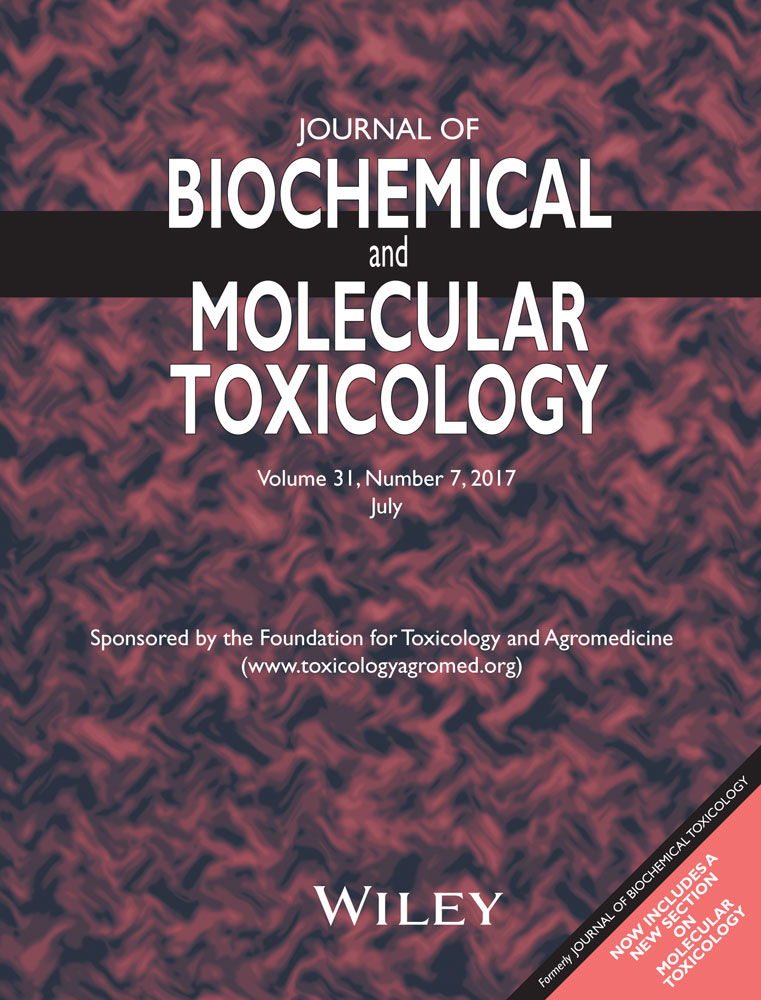Downregulation of lncRNA ANRIL represses tumorigenicity and enhances cisplatin-induced cytotoxicity via regulating microRNA let-7a in nasopharyngeal carcinoma
Yandan Wang and Nan Cheng contributed equally to this work.
Abstract
Many studies have demonstrated that upregulation of long non-coding RNA (lncRNA) antisense non-coding RNA in the INK4 locus (ANRIL) plays an oncogenic role in various tumors, including nasopharyngeal carcinoma (NPC). The aim of this study is to explore the effect of ANRIL in NPC progression and cisplatin (DDP)-induced cytotoxicity. The results showed that ANRIL was highly expressed and let-7a was downregulated in NPC tissues and cells. Luciferase assay revealed that ANRIL could negatively regulate miR-let-7a expression. ANRIL knockdown inhibited NPC cell proliferation and induced apoptosis, while anti-let-7a reversed these effects. Combination treatment of si-ANRIL and DDP led to a lower viability, a more DNA strand breaks damage and a higher comet tail length compared with any single treatment, whereas let-7a inhibitor abolished these effects. Furthermore, depletion of ANRIL exacerbated DDP-induced cytotoxicity in NPC cells in vivo. Taken together, these data indicated that knockdown of ANRIL represses tumorigenicity and enhances DDP-induced cytotoxicity via regulating microRNA let-7a in NPC cells, providing a promising therapeutic strategy for NPC patients.




